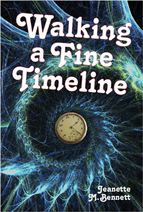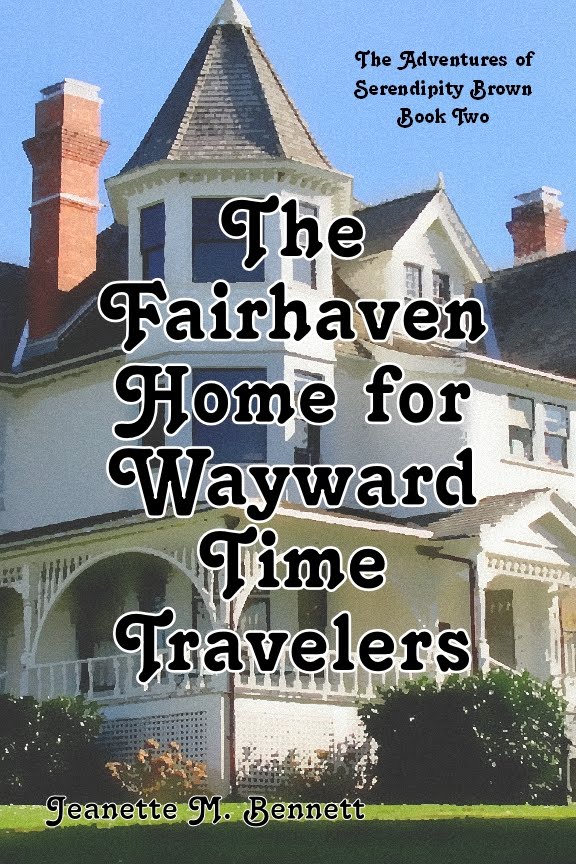 |
| Downtown Solihull |
That is all changing. The railway connecting Solihull to Birmingham is bringing a new “industry”--family homes. Successful businessmen yearn for the country and dream of living on an estate. Now they can buy of those manor houses, live in it and commute to work in the crowded old city--best of both worlds. Just beyond the village are streets lined with Victorian terraces, for those who can’t quite afford an estate, but still want the charm of the country. Right now Solihull has grown to over 3,741. In twenty years it will be 7,500.
 |
| New housing in the early 20th century |
A good example of this phenomena is Hillfield Hall, just one mile south of the railway. The estate dates back to the late 12th century, the manor house having been built in 1576. It apparently had a moat around it at one time. By 1660 the estate consisted of five farms on 455 acres. Although it passed from family to family over time as waning fortunes forced owners to sell, it was a successful farm. Then the trains came.
 |
| Hillfield Hall |
The property will be sold to others until only 7 acres will remain by 1964. The manor house will then become a night club, and then a restaurant. All the other manor houses in the surrounding countryside will have similar stories to tell. Where once serfs plowed fields, people will tend their flower gardens. Perhaps not as glamorous as a Medieval manor, but much more pleasant for the descendants of those peasants.
 |
| We English do love to garden |
More on the History of Solihull




No comments:
Post a Comment
Due to bots sticking ads into the comments I am now forced to moderate. Differing opinions are welcomed. This is history, which is the surviving written record, which may or may not be accurate. I will even allow comments pushing other books or websites as long as they are relevant.